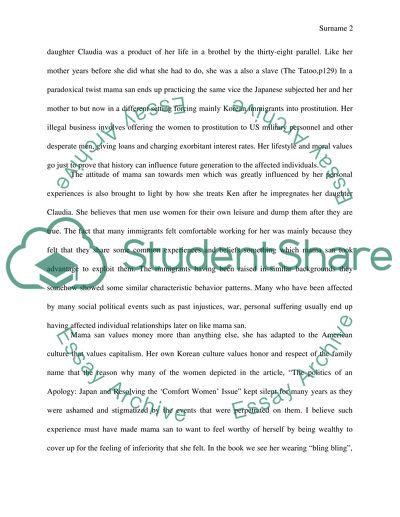Cite this document
(“The Tattoo Responses Book Report/Review Example | Topics and Well Written Essays - 1500 words”, n.d.)
Retrieved from https://studentshare.org/sociology/1434641-the-tattoo-responses
Retrieved from https://studentshare.org/sociology/1434641-the-tattoo-responses
(The Tattoo Responses Book Report/Review Example | Topics and Well Written Essays - 1500 Words)
https://studentshare.org/sociology/1434641-the-tattoo-responses.
https://studentshare.org/sociology/1434641-the-tattoo-responses.
“The Tattoo Responses Book Report/Review Example | Topics and Well Written Essays - 1500 Words”, n.d. https://studentshare.org/sociology/1434641-the-tattoo-responses.


